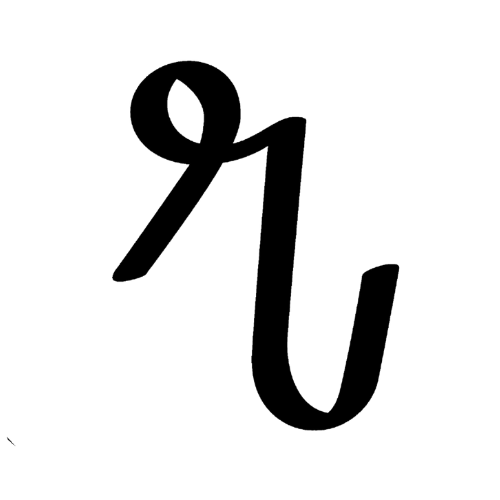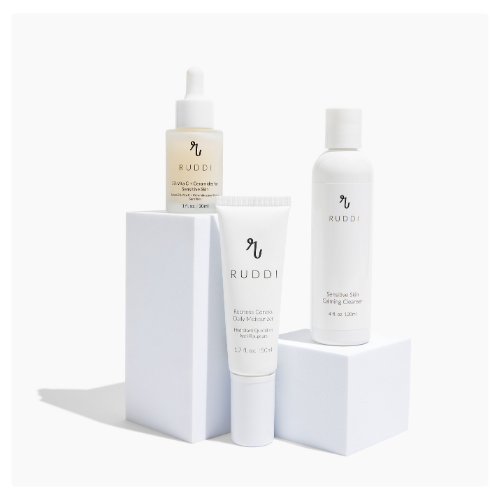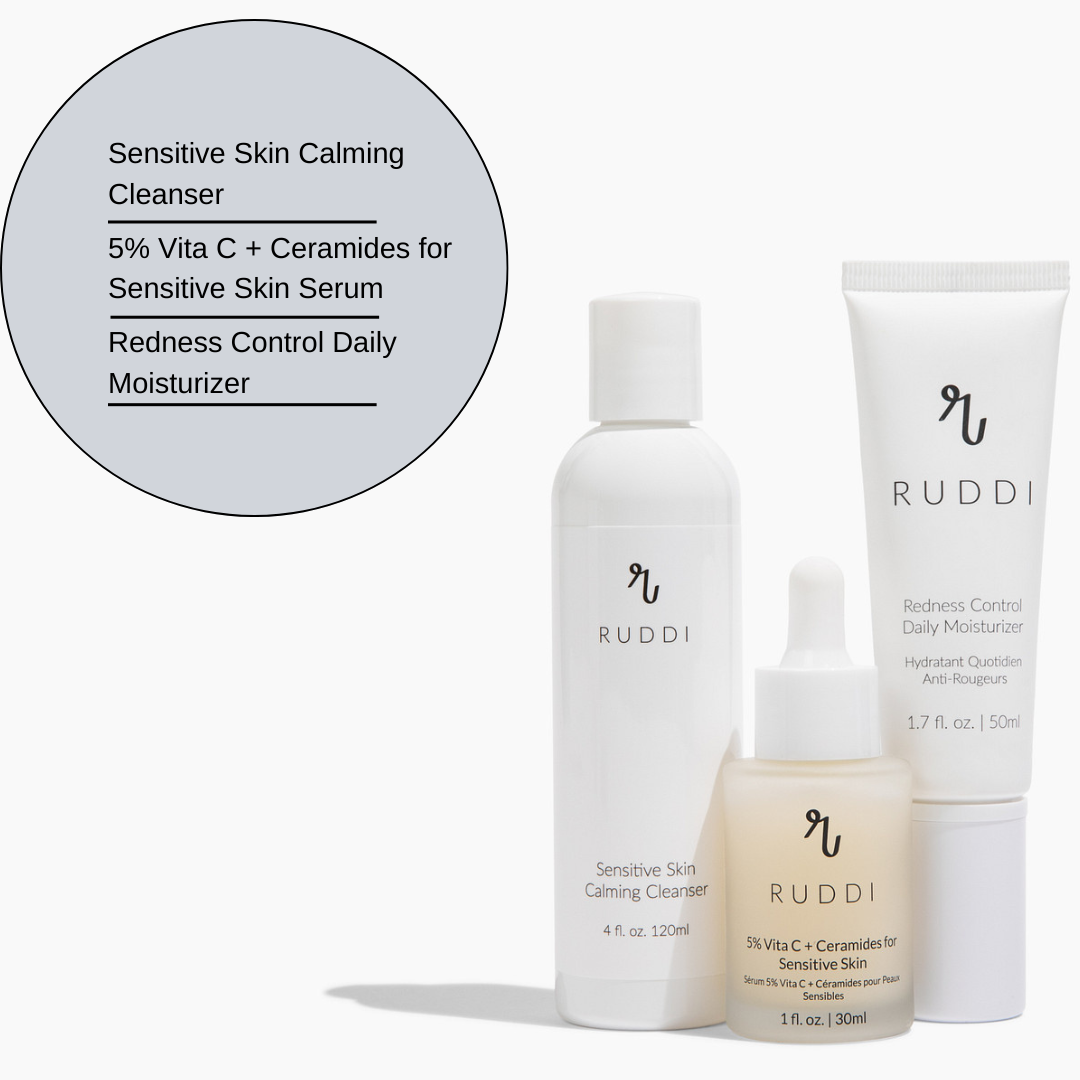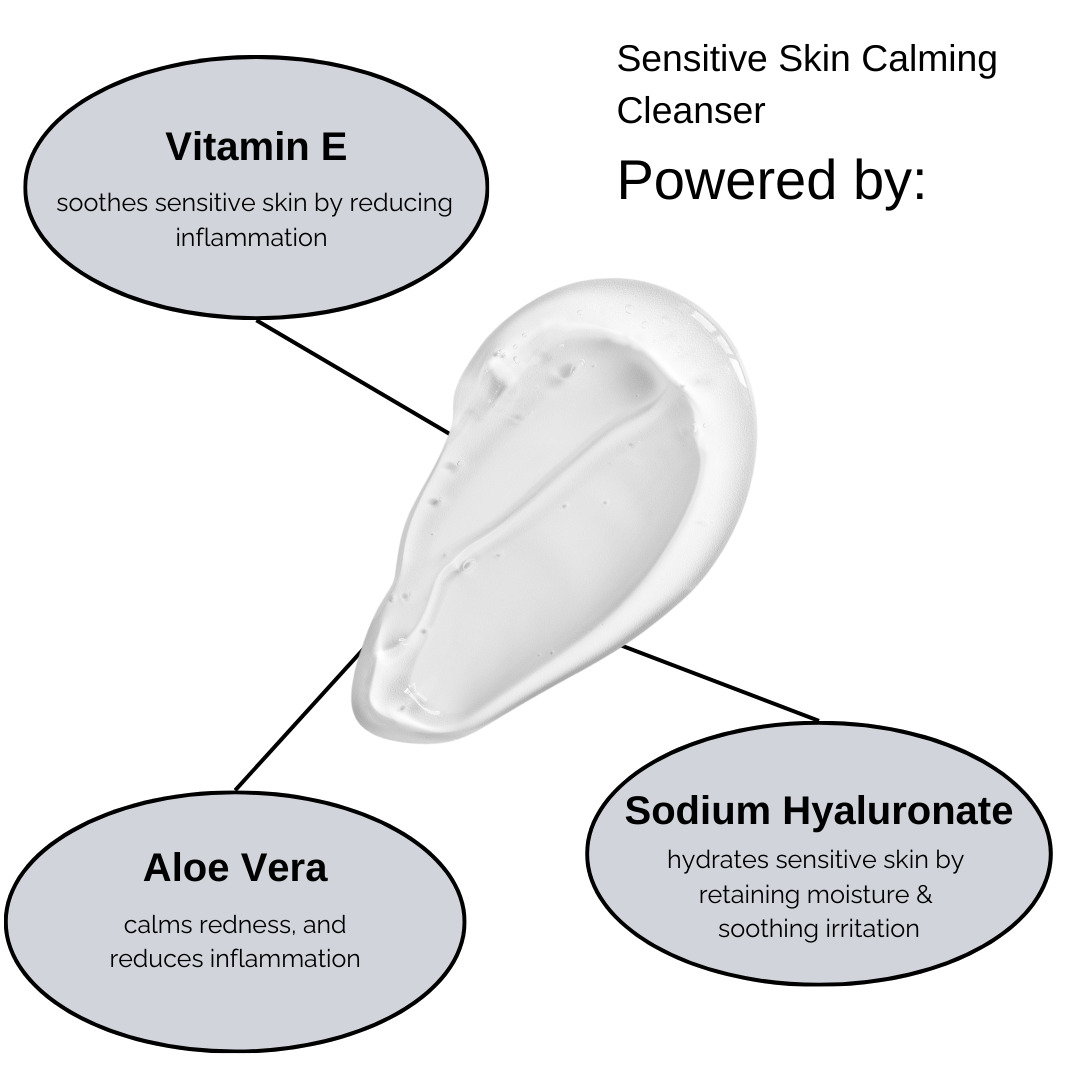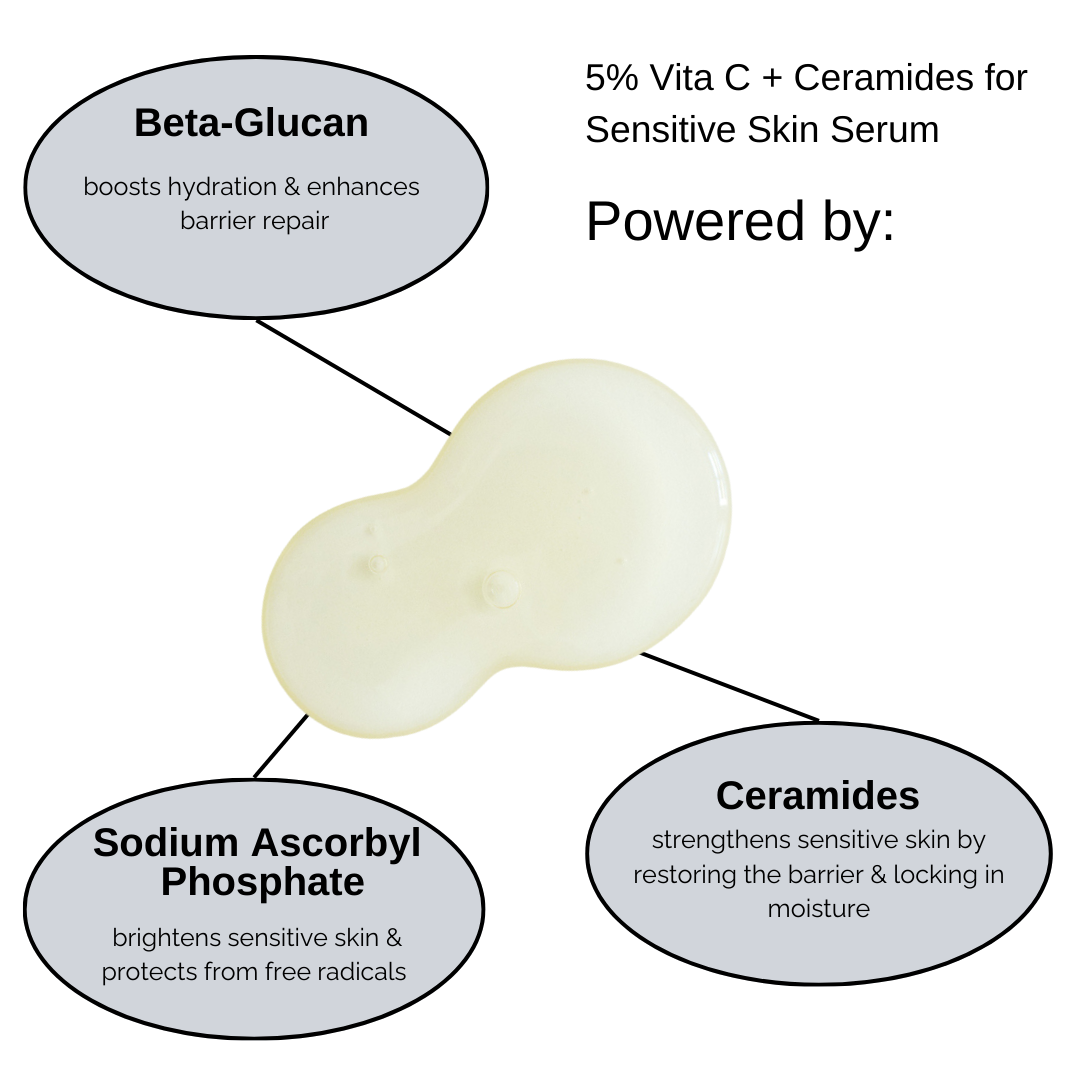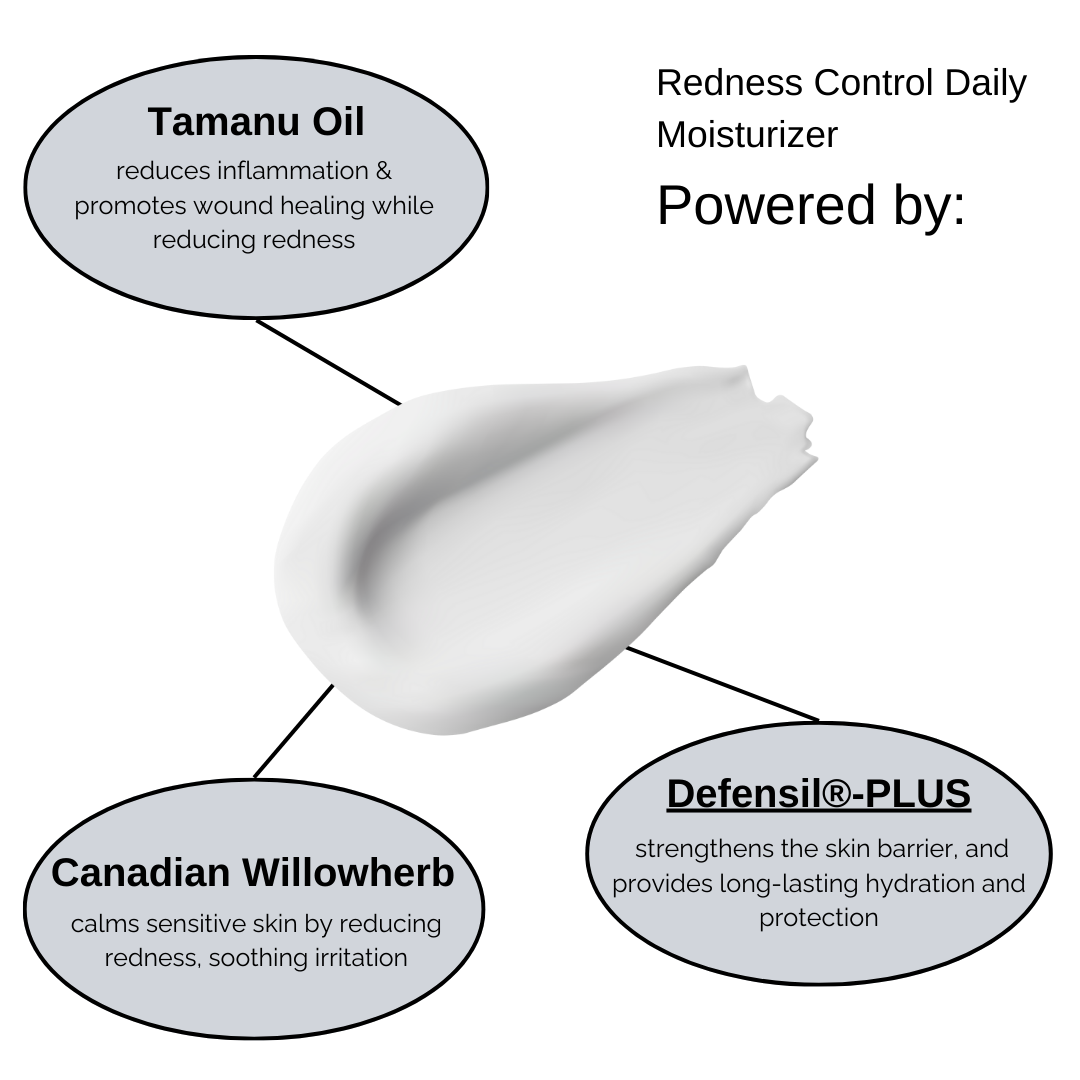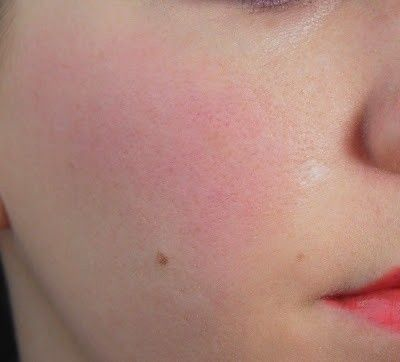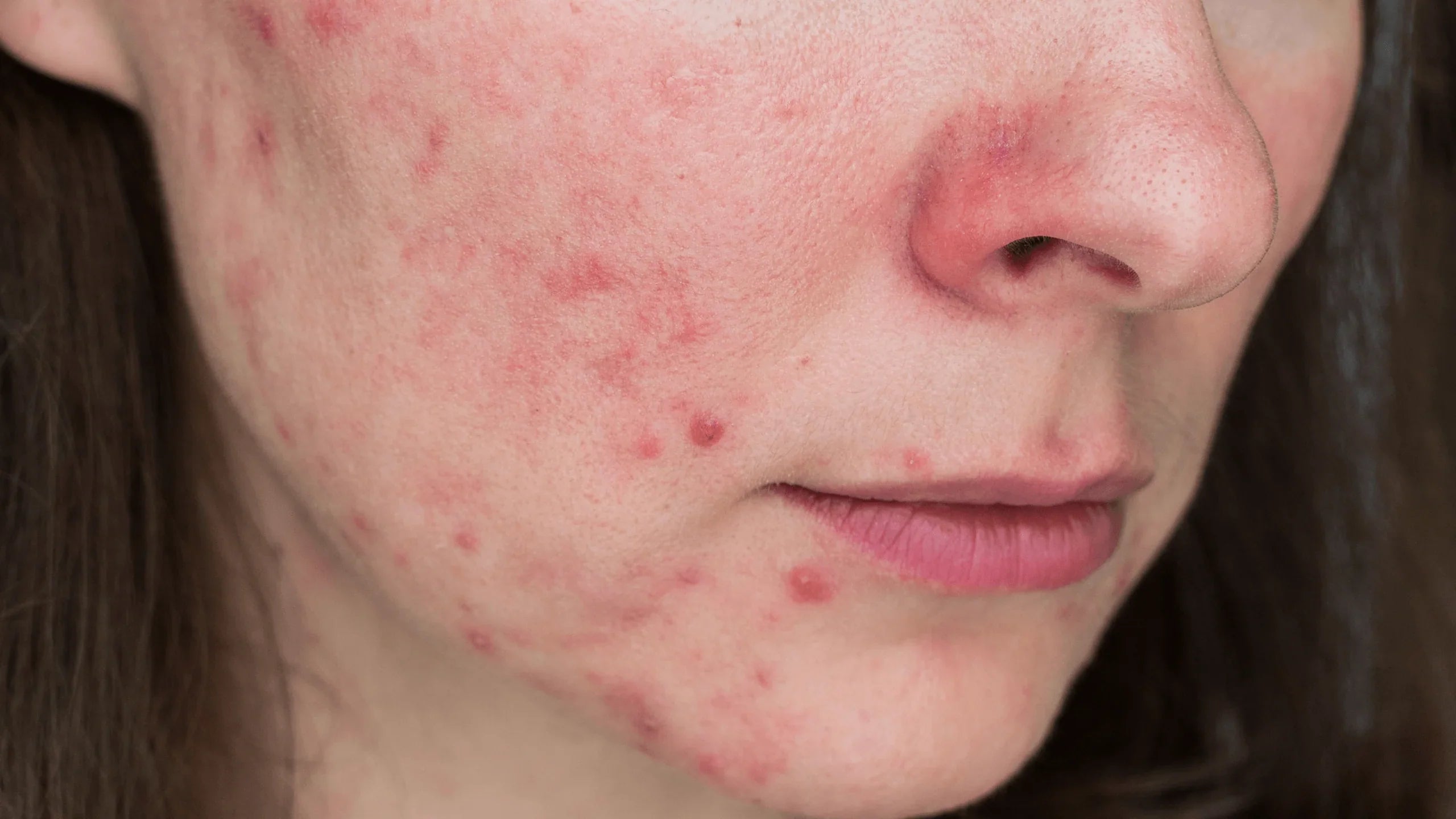
Different Types of Rosacea: Subtype two -papulopustular (or acne) rosacea
Continuing our previous post on different types of Rosacea, we discussed all things subtype one last week, this week we will cover all things subtype two aka papulopustular rosacea.
This type is often referred to as acne rosacea because it shares many symptoms with acne. But what exactly is papulopustular rosacea, and how can you manage it? Let’s dive deeper into subtype two.
Let's start by defining papulopustular rosacea. As we mentioned, this type of rosacea is often called acne rosacea because it looks a lot like acne. It's characterized by redness and bumps on the cheeks, chin, nose, and forehead. These bumps can become pus-filled and break open, leaving the skin tender and inflamed. If you have papulopustular rosacea, you might also experience burning, stinging, or itching on your face, as well as dry or flaky skin.
So, what causes papulopustular rosacea? Unfortunately, there's no clear answer to that question. Like other types of rosacea, it's believed to be linked to genetics, environmental factors, and a weakened immune system. Some common triggers for papulopustular rosacea include sun exposure, stress, alcohol, spicy foods, and harsh skincare products. If you think you might have papulopustular rosacea, it's a good idea to keep a journal of your symptoms and what you eat, drink, and use on your skin so you can identify your personal triggers.
Now, let's talk about treatment for papulopustular rosacea. As with any medical condition, it's always best to consult with a dermatologist to get a proper diagnosis and treatment plan. That said, there are a few general strategies that can help manage symptoms of papulopustular rosacea.
One key factor is to practice good skincare. Use gentle, non-drying cleansers and moisturizers and avoid any products with harsh or irritating ingredients. Consider incorporating products that contain niacinamide, azelaic acid, or sulfur, as these are known to be helpful for acne-prone skin. Sun protection is also crucial - use a broad-spectrum SPF 30 or higher every day.
In addition to good skincare habits, there are several prescription treatments that your dermatologist may recommend. These can include topical creams or gels, oral antibiotics, or even isotretinoin (the active ingredient in Accutane). Be sure to follow your dermatologist's instructions carefully and report any side effects or concerns.
Papulopustular rosacea may look like acne, but it's a separate condition with its own unique challenges and treatments. If you're experiencing symptoms like redness, bumps, and inflammation on your face, it's worth getting a professional evaluation. By practicing good skincare habits and following a tailored treatment plan, you can manage papulopustular rosacea and live comfortably with this condition. Remember, everyone's skin is different, so it's important to find the best solutions for your particular needs.
